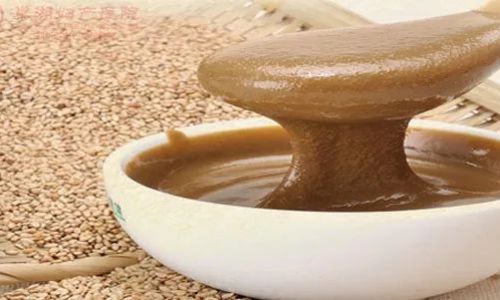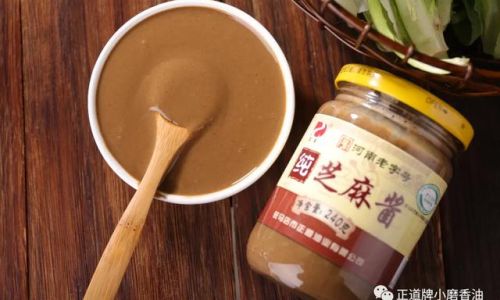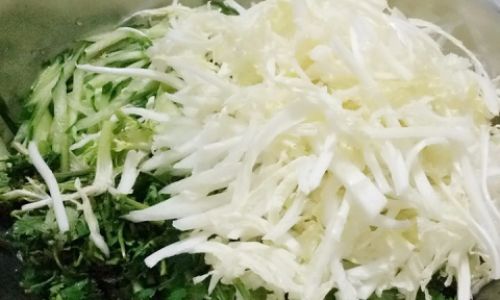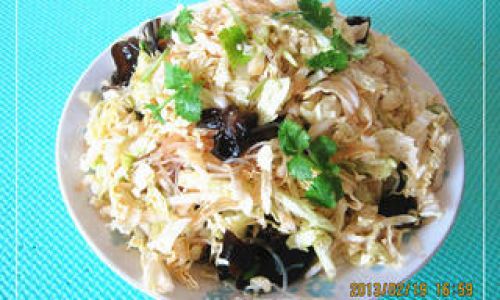Introduction
Tahini, a creamy paste made from ground sesame seeds, has long been a staple in Mediterranean, Middle Eastern, and African cuisines. Renowned for its rich, nutty flavor and versatile culinary applications, it is often used in dips, sauces, dressings, and desserts. As parents increasingly explore diverse and nutrient-dense foods for their babies, questions arise about the safety and appropriateness of introducing tahini into an infant’s diet. This article delves into the nutritional benefits, potential risks, and practical guidelines for feeding tahini to babies, ensuring caregivers make informed decisions aligned with their child’s developmental needs.
Nutritional Profile of Tahini
Tahini is celebrated for its impressive nutritional composition, making it a potential asset in a baby’s diet when introduced appropriately. A single tablespoon (15 grams) of tahini contains roughly:

- Calories: 89
- Protein: 2.8 grams
- Fat: 8 grams (primarily unsaturated fats, including omega-6 and omega-9 fatty acids)
- Carbohydrates: 3 grams
- Fiber: 1.2 grams
- Calcium: 64 mg (6% of the Daily Value for adults)
- Iron: 1.3 mg (7% of the Daily Value for adults)
- Magnesium: 24 mg (6% of the Daily Value for adults)
- Phosphorus: 63 mg (5% of the Daily Value for adults)
- Vitamins B1, B6, and E: Trace amounts
These nutrients play critical roles in infant development. Healthy fats support brain growth, while calcium and phosphorus contribute to bone strength. Iron is essential for preventing anemia, and magnesium aids in muscle and nerve function. For babies transitioning to solid foods, tahini could theoretically offer a concentrated source of energy and micronutrients. However, its introduction requires careful consideration of age, texture, and allergy risks.
When Can Babies Start Eating Tahini?
The American Academy of Pediatrics (AAP) recommends introducing solid foods around six months of age, when infants typically show signs of readiness, such as sitting with support, good head control, and interest in food. However, tahini—a sesame-based product—falls under the category of potential allergens. Sesame is among the top eight food allergens in countries like the United States, Canada, and the European Union, alongside milk, eggs, peanuts, tree nuts, soy, wheat, fish, and shellfish.
While some pediatricians advocate for early allergen introduction (between 4–6 months) to reduce allergy risks, sesame is often approached with caution. The AAP suggests introducing common allergens one at a time, starting with small amounts, and observing for reactions. For families with a history of food allergies, consultation with a healthcare provider is advisable before offering sesame-based products.
Key Considerations by Age
- 6–8 Months: At this stage, babies typically consume single-ingredient purees and soft, mashed foods. Tahini’s thick, sticky texture may pose a choking hazard if not diluted or mixed with other ingredients. Experts recommend avoiding plain tahini until the baby can handle thicker consistencies, usually around 8–10 months.
- 9–12 Months: As chewing skills improve, babies may tolerate slightly textured foods. Tahini can be incorporated into dips, spreads, or mixed with vegetables and grains.
- 12+ Months: By this age, most toddlers can manage a variety of textures, including tahini in its pure form or as a condiment.
How to Introduce Tahini Safely
- Start with Small Quantities: Begin by mixing ¼–½ teaspoon of tahini into familiar foods like apple puree, sweet potato mash, or oatmeal. This dilutes the flavor and texture, making it more palatable.
- Monitor for Allergies: Observe for hives, vomiting, diarrhea, or difficulty breathing within 2–4 hours of consumption. If any reaction occurs, discontinue use and seek medical attention.
- Choose Plain, Unsalted Varieties: Avoid tahini with added salt, sugar, or preservatives. Opt for organic or lightly roasted varieties to preserve nutritional quality.
- Adjust Texture: For younger babies, thin tahini with breast milk, formula, or water to achieve a smooth, pourable consistency.
Creative Ways to Serve Tahini to Babies

- Tahini Yogurt Blend: Mix 1 tablespoon of plain, full-fat yogurt with ½ teaspoon of tahini and a pinch of cinnamon. Serve as a dip for soft fruit slices or steamed veggies.
- Apple-Tahini Mash: Sauté diced apples with a dash of water until tender, then mash with a fork and stir in ¼ teaspoon of tahini.
- Tahini-Spinach Puree: Blend cooked spinach with a small amount of tahini, breast milk, and a pinch of garlic powder for a nutrient-packed meal.
- Tahini-Banana Smoothie: Blend half a banana, 2 tablespoons of breast milk, and ½ teaspoon of tahini for a creamy, iron-rich drink.
- Tahini-Stuffed Pancakes: For toddlers, add a dollop of tahini to pancake batter before cooking. Serve with mashed berries.
Potential Risks and Precautions
- Allergies: Sesame allergies can be severe and life-threatening. Symptoms may include itching, swelling, or anaphylaxis. Introduce tahini in a controlled setting and avoid cross-contamination with allergens.
- Choking Hazard: Tahini’s sticky texture can adhere to the palate or throat. Always mix it with liquids or soft foods and supervise meals.
- Digestive Sensitivity: Sesame seeds contain fiber and compounds that may cause gas or bloating in some infants. Start with minimal amounts and monitor tolerance.
- Oxalates: Sesame seeds are high in oxalates, which can contribute to kidney stones in susceptible individuals. While this is rare in infants, moderation is key.
Tahini vs. Other Nut Butters: A Comparative Analysis
Tahini differs from peanut or almond butter in several ways:
- Allergen Profile: Sesame allergies are less common than peanut allergies but can be equally severe.
- Flavor: Tahini has a bitter, earthy taste compared to the sweetness of almond butter, which may influence a baby’s acceptance.
- Nutritional Content: Tahini is higher in calcium and methionine (an essential amino acid) than many nut butters, but lower in protein compared to peanut butter.
Parents often substitute nut butters with tahini in recipes to avoid allergens. However, cross-reactivity between sesame and other allergens (e.g., poppy seeds, rye) is possible in rare cases.
Cultural Perspectives on Feeding Tahini to Infants
In many cultures, sesame-based foods are introduced early. For example:
- Middle Eastern Traditions: Tahini is mixed with date syrup or fruit purees as a weaning food.
- Japanese Cuisine: Goma-dofu, a sesame pudding, is occasionally offered to toddlers.
- African Diets: Sesame seeds are ground into porridges or stews for older infants.
While these practices highlight tahini’s historical role in infant nutrition, modern guidelines emphasize allergy risk management over cultural norms.
Expert Opinions and Studies

- Allergy Research: A 2020 study in JAMA Pediatrics suggested that early introduction of sesame (4–6 months) reduced allergy prevalence by 80% in high-risk infants. However, this approach requires pediatric supervision.
- Nutritional Endorsements: The British Nutrition Foundation acknowledges tahini’s iron and calcium content but advises caution due to allergy risks.
- Pediatric Recommendations: The Canadian Paediatric Society recommends introducing sesame after 12 months unless advised otherwise by a healthcare provider.
Debunking Myths About Tahini and Infants
- Myth 1: “Tahini is too heavy for a baby’s stomach.”
Reality: While calorie-dense, tahini’s fat content is primarily unsaturated, which is beneficial in moderation. - Myth 2: “Tahini causes constipation.”
Reality: Sesame seeds contain fiber, which may aid digestion. However, excessive intake without adequate fluids could theoretically cause discomfort. - Myth 3: “Homemade tahini is safer than store-bought.”
Reality: Both can be safe if prepared hygienically. Store-bought varieties often undergo quality control tests for allergens.
Conclusion
Tahini can be a nutritious addition to a baby’s diet when introduced thoughtfully. Its rich profile of healthy fats, calcium, and iron supports growth, while its culinary versatility allows for creative meal planning. However, caregivers must prioritize safety by:
- Introducing tahini after 6 months, ideally with pediatric guidance.
- Mixing it with soft foods to reduce choking risks.
- Monitoring for allergic reactions.
- Opting for unsalted, additive-free varieties.
As with any new food, patience and observation are key. By balancing nutritional benefits with precautions, parents can confidently explore tahini as part of their child’s culinary journey. Always consult a healthcare provider for personalized advice, especially if allergies run in the family. With mindful preparation, tahini can become a cherished ingredient in your baby’s transition to solid foods.





0 comments